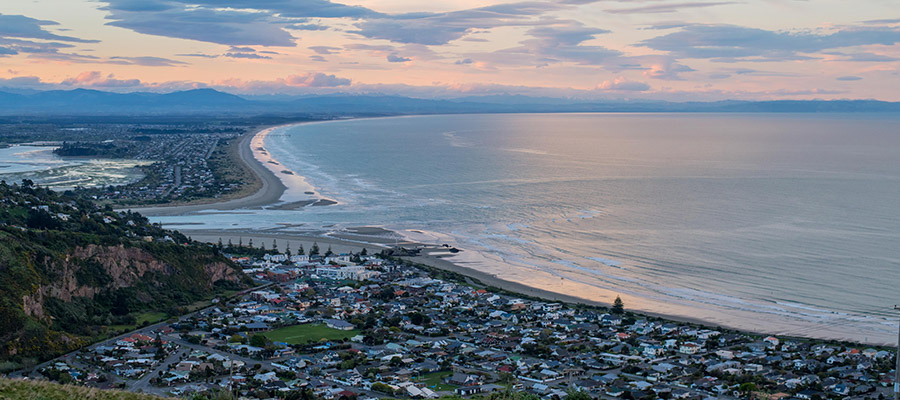
Controlled spraying “extremely unlikely” to be cause of Southshore dead birds
Public concern around the discovery of dead birds in the Southshore area, where controlled spraying of herbicide Haloxyfop (Gallant) to control the pest plant Spartina occurred on 7 February, has been met with reassurances that the two things are highly unlikely to be related.
Environment Canterbury has taken the reported sightings seriously, searching the Southshore area and locating two dead birds. These birds were quite some distance from the spray sites and recently dead. As such, it is very unlikely that these birds were affected in any way by spraying that took place on 7 February. It is more likely they have washed up as a result of the severe cyclone last week.
Laurence Smith, Principal Resource Management Advisor Biosecurity – Regional Support at Environment Canterbury, said: “Haloxyfop is applied to Spartina at low tide to allow the maximum amount of time for the chemical to take effect. It has been mixed and applied at the lowest concentrations to still be effective, and only to a very limited number of plants – just 10 plants in the entire Southshore area. At these levels, the chance of birds or other animals dying from the chemical is extremely low. It is also extremely unlikely that the birds identified would consume anything that has been affected by Haloxyfop.
“The controlled application of Haloxyfop was undertaken jointly by Christchurch City Council, the Department of Conservation and Environment Canterbury at selected sites around the Avon/Heathcote Estuary, McCormacks Bay and Brooklands Reserve. This is to follow up on initial control works that were undertaken at a similar time last year.”
As part of the permission from the Environmental Protection Authority to use this chemical, Environment Canterbury must erect signage within 100 metres of application sites. This signage warns people to avoid contact with the water, including swimming or the taking of shellfish to avoid potential ingestion. The aim of the signage is precautionary only; if a serious risk was posed by application of the spray, the associated restrictions and warnings would be far more severe and numerous.
If there are any further sightings or concerns, please call Environment Canterbury on 0800 324 636 or contact us via our web form, with photos and precise details of the location.
